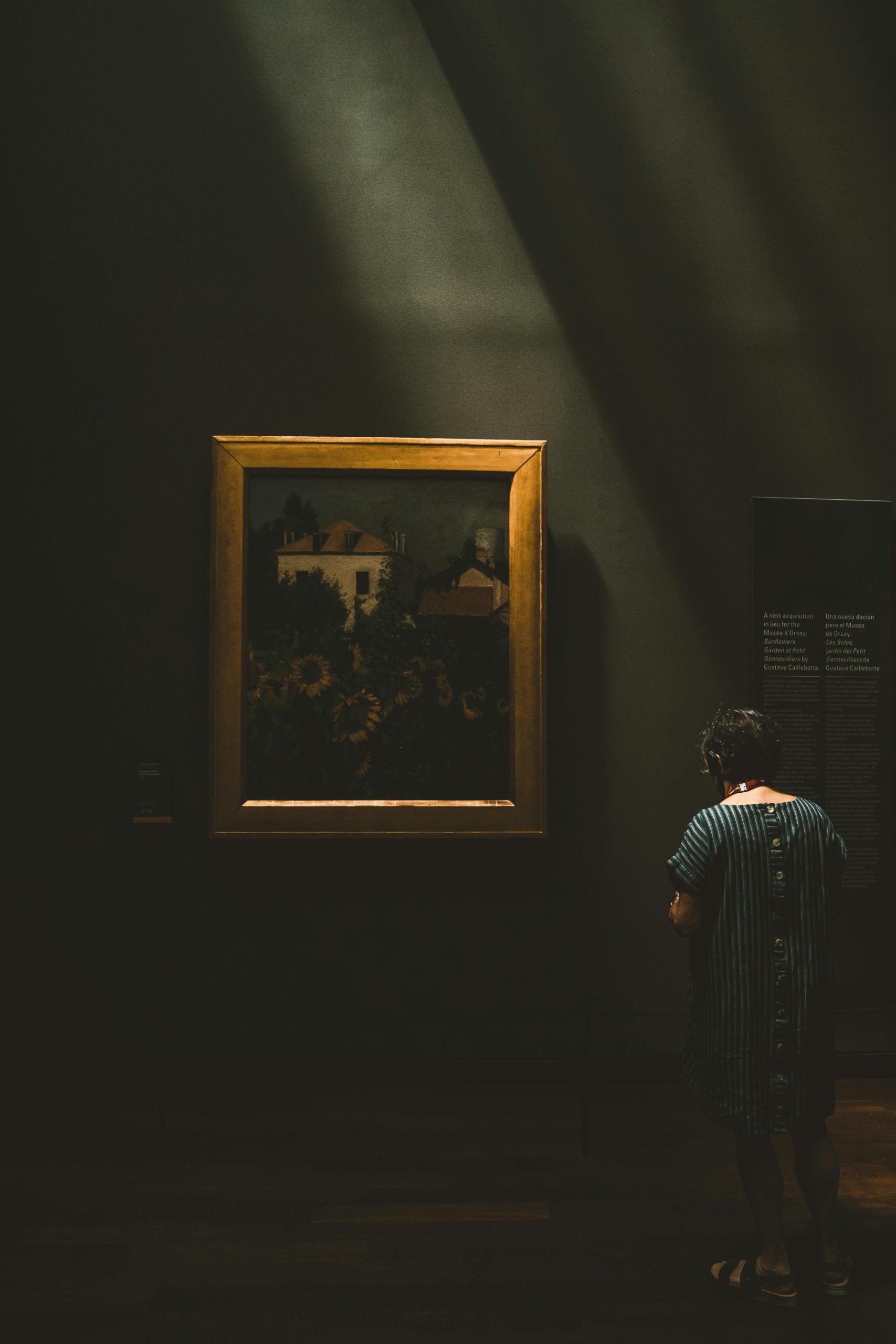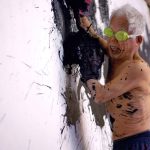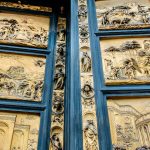Dealership and The Art world, both physical and virtual, can be quite a deceptive and tricky landscape to navigate, especially for the untrained eye. While forged art is on the upswing, verifying the validity of supposedly authentic artworks is of the Utmost importance for buyers and sellers. There has been countless incident where art dealers have gone to jail for selling fake paintings for hundreds of thousands of dollars, simply due to the delicate capacity to produce microscopically identical pieces of forged art.
Forgeries reached shockingly new Convincing levels, and even reputable, authoritative auction houses occasionally fall victims, such as the Sotheby’s and Christie’s. Distinguishing authentic, genuine artwork from elaborate and identical illusion becomes an invaluable skill. So, Set tight and lets take a dive into the needed knowledge to navigate the murky waters of authentic artworks, forgeries, and auction houses.
- Research The Artist’s History
- Examine The Provenance Carefully
- Verify The Signature
- Distinguish The Originals From Prints
- Assess Materials and Artistic Techniques
- Inspect For Consistent Aging
- Analyze The Paint and Layering Techniques
- Employ Scientific Testing
- Consult Art Experts
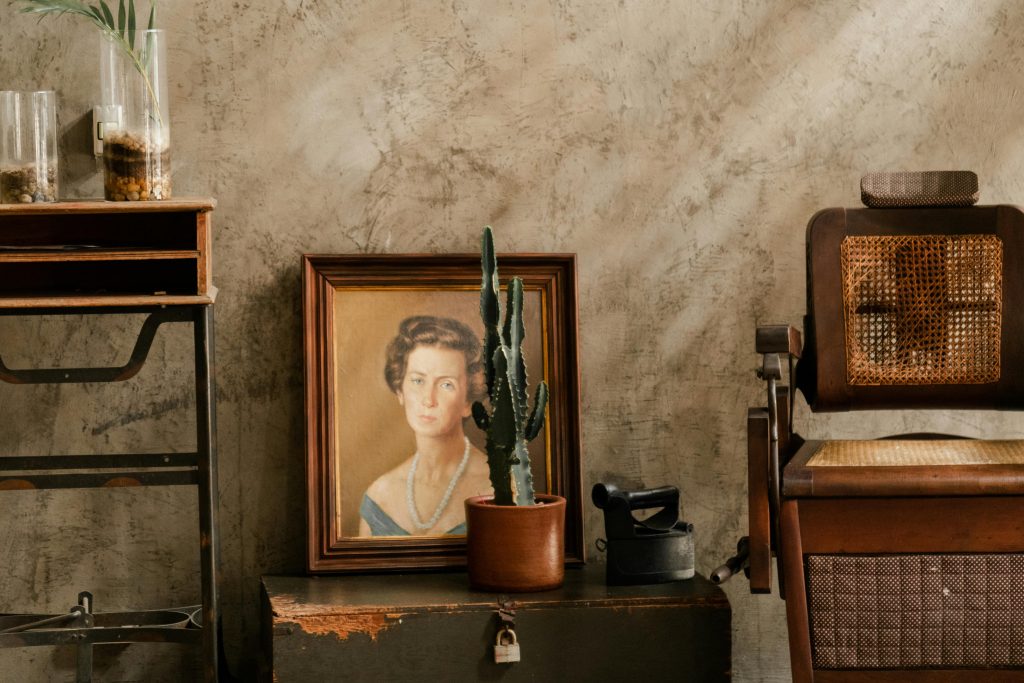
An Elaborate Research on The Artist’s Background
To make sure that an artwork is authentic, one must take on a thorough dive into the artist’s background. This can include their life, career but more crucially, the evolution of their styles, themes, and techniques. This stage requires a close examination of the artist’s biography to fully understand the influences, contexts, and conditions that shaped their work. Analyze the development of their artistic expressions ( does the work match the artist’s trademark style).
Consult catalogues raisonnés and online database. Make sure to pose Questions such as; was the work a part of a longer series? How many Paintings were catalogued by this artists? in which chronological phase did they paint the artwork at hand?
Examine The Provenance Carefully
Don’s Just Admire the Art, Investigate its Past! Elaborate examination of the artwork’s province, the documented history of ownership. Authentic artworks typically have a well established provenance that can be traced back from owner to owner, to finally be traced back to the artist of their estate. pay close attention to gaps, inconsistencies, or lack of legit documentation, which could raise red flags in regards to the work’s authenticity.
Signature Verification
Match the Mark: Don’t just passively glance at the signature, closely inspect the artist’s signature across different periods of their career, as Signatures can vary over time, reflecting changes in the artists style. Thus, try to match the signature to other authenticated examples from the same period. Look for consistency in style, placement, and any other telltale details.
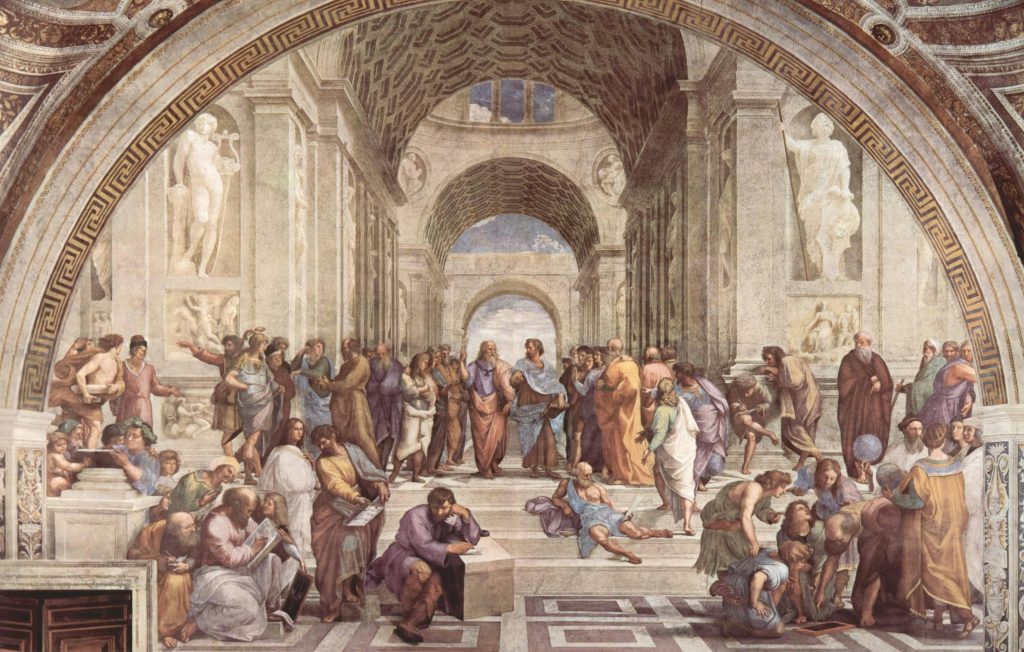
Distinguish Prints From Original
This phase includes distinguishing key markers such as paper type, plate marks, edition numbers, brushstrokes and texture. Familiarity with printmaking techniques; etching, lithography, screen printing, also raises the chances of an viable assessment.
Analyze The Materials and Techniques
Investigate The use of materials, anything from paint, wood, canvas type, and most important the artistic techniques employed. Then, Compare these elements to what the artist was known to use during the period the art work was supposedly created. Inconsistencies here can be a major red flag.
Inspect For Consistent Aging
Time itself can be a telltale sign. Scrutinize the artwork for signs of aging the match the supposed creation date. Foe example, Cracks in oil paintings develop in certain ways over time, and forgeries can find it laboriously hard to replicate such patterns with accuracy.
Analyze the Print and Layering Techniques
Originals typically display hidden depths, look for evidence of layering, where the artist applied paint in multiple stages. Typically through the use of X-Rays technologies one can spot hidden sketches, but sometimes even the naked eye can spot clues of layering in brush strokes and texture variations.
Employ Scientific Testing
Scientific testing stands as a viable option, it involves techniques such as radiocarbon dating and pigment analysis to objectively assess an artwork’s age and materials, for the optimal authenticity verification.
Consult Art Experts
If doubt lingers, enlist the help of an experienced professional. Consult with a qualified art appraiser or conservator. Their trained and sharp eyes can offer invaluable insights into the artwork’s authenticity.
These guidelines ensure a secure and informed process of art assessment and evaluation, safeguarding the authenticity of your acquisitions.

